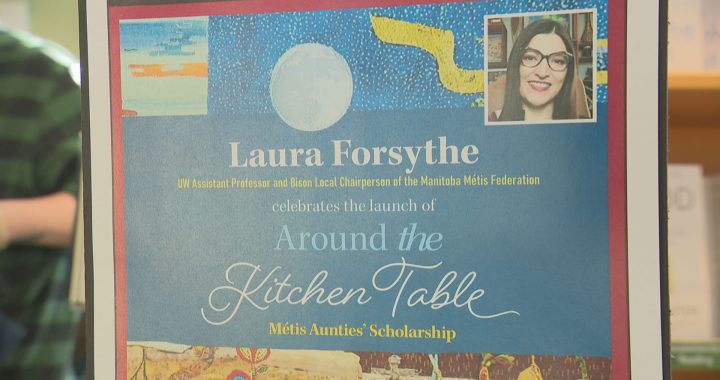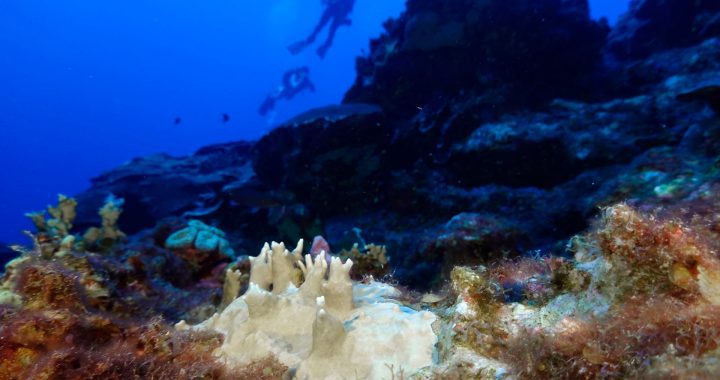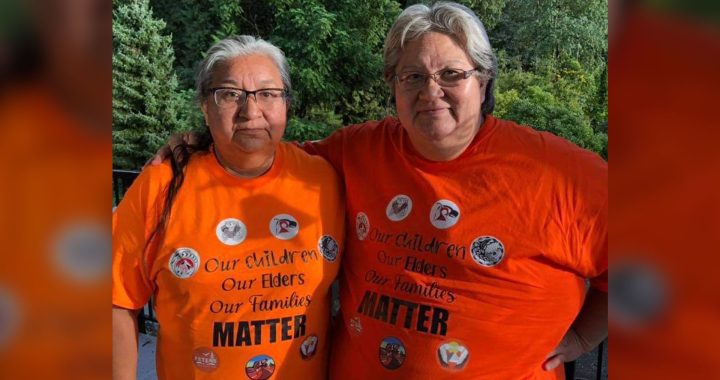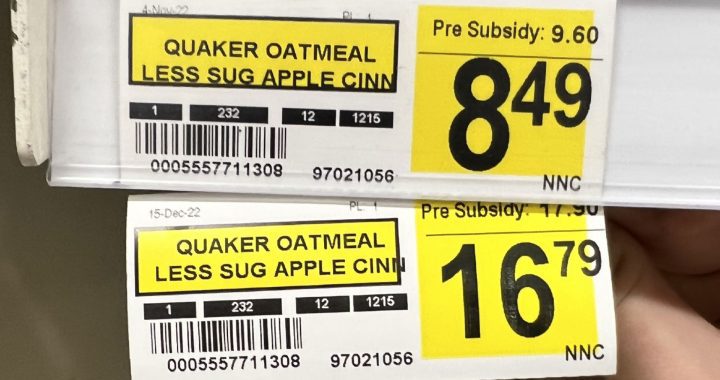Seven months after several bred bison were delivered to Cote First Nation in southeastern Saskatchewan, new life has arrived.
For many, the birth of 12 calves is a sign of hope, restoration and the re-establishment of the buffalo on traditional Indigenous land means much more.
“Birth, you know, new life, new hope, new strength, resiliency, all the things that we as First Nations have endured for 100s of years, the buffalo have shown us the way,” Chief George Cote told APTN News.
Cote is also trying to show his people the way. He and the band leadership are pursuing initiatives to give hope to younger generations. One is the recent acquisition of the nearby Clarion Hutterite Colony for $2.5 million.
Situated on what was historically Cote land, the former colony presents new opportunities.
“Our goal is to eventually farm our own land, you know, we need a base where we can park our equipment to do so and we want to create jobs,” he said. “This property also has a very big community garden, and we have our own butcher shop as well, you know we can use when we decide to butcher the buffalo that we have, so that we can share with the people.
“But our main goal is to try to be self-sufficient, you know so that we can generate enough revenue to subsidize some of the programs that we have in the community, and also to educate our people on how to farm, I guess, you could say and build some partnerships.”
It’s estimated over 50 million buffalo roamed the plains 200 years ago, but colonization saw the buffalo hunted to near extinction, taking away a source of food and livelihoods from First Nations people.
It was a partnership with a community development organization that brought the buffalo back to Cote. The bison came from a farmer in Alberta who donated the animals to Cote First Nation.
Lima Nanai, director of Loko Koa, a community development organization from Balcarres, Sask., said as an Indigenous person from Samoa, living in Saskatchewan, saw the importance of the bison to Canada’s Indigenous peoples.
“The more I read, you know, the story about ‘kill the buffalo, you kill an Indian’–that really inspired me,” said Nanai. “You know what, let’s dream about returning something back so and that’s why I do it. I want the Indigenous people of the north to be proud of their culture and their identity and where they’re from.”
Another partner is Tearfund Canada, a group of churches and individuals working to restore identity and build friendships as a practical act of reconciliation, by donating the buffalo and funds to the effort.
For Cote Elder Reggie Severight, the buffalo bring joy.
Once addicted, living on the streets of Winnipeg, he returned home and eventually got sober.
Severight later worked as an addictions councillor and said it was evidence of the buffalo on their land that offered hope to one man he helped.
“He said he was walking along the creek toward the river and out of the banks of this creek, there was horns sticking out and when he pulled it out, it was a buffalo skull,” he said. “So there was buffalo here, so that was his answer, he wanted a sign from the creator that there is actually a higher power out there.”
Once the herd at Cote reaches 100 animals, Cote will gift 22 animals to another First Nation in Treaty 4 territory—20 mixed females and two males.









